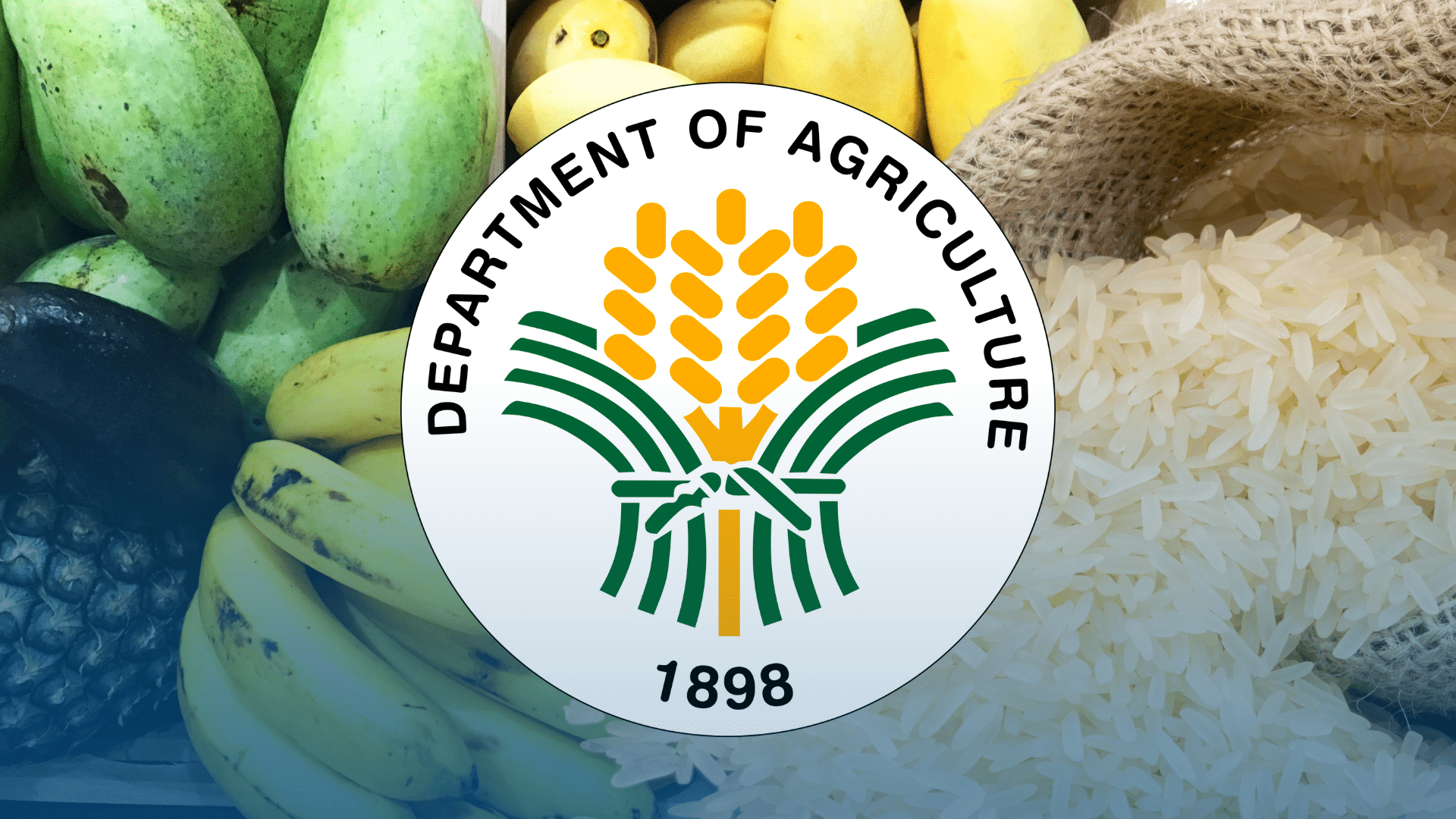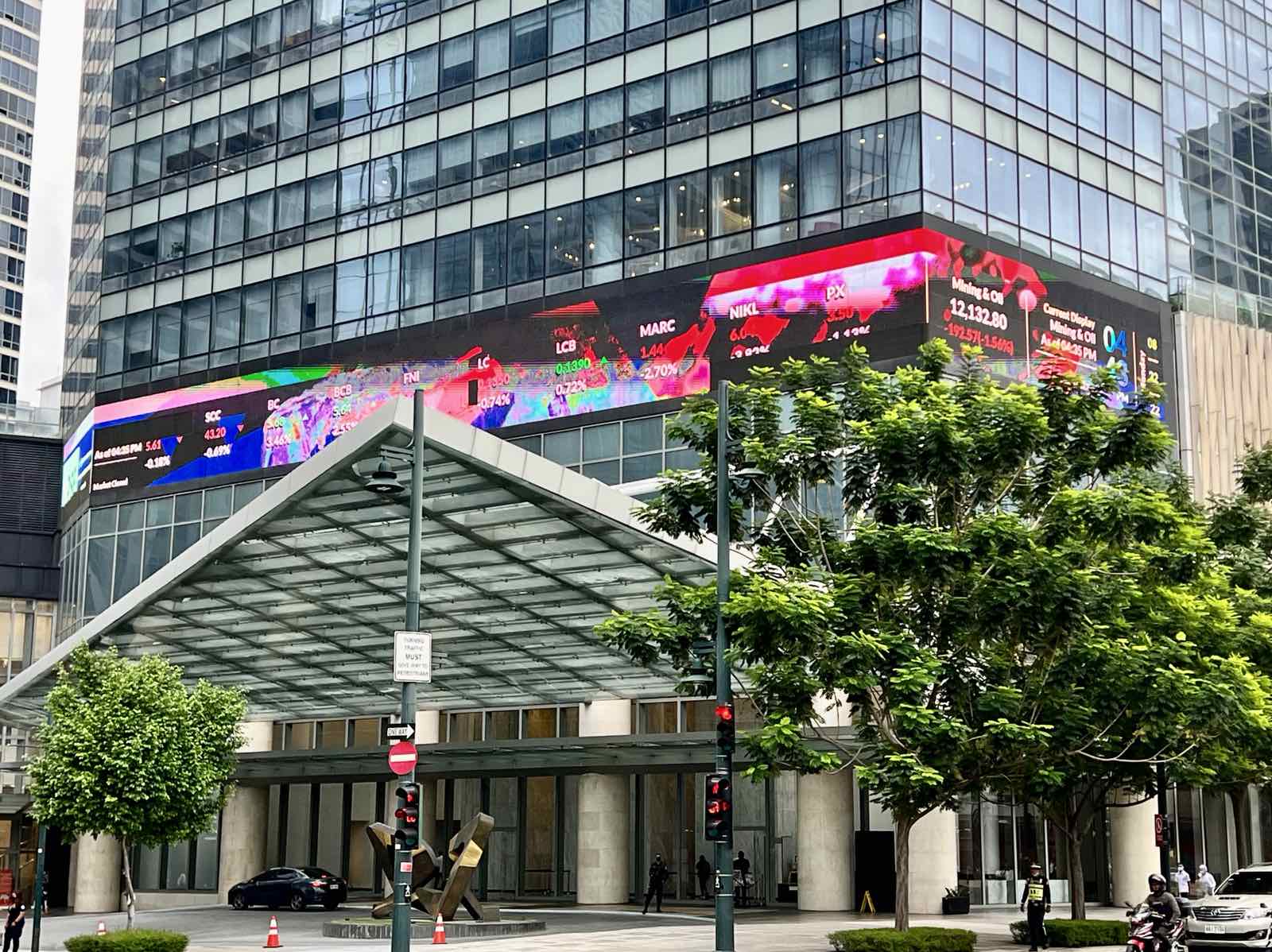
GROSS negligence is defined under Philippine jurisprudence as follows: "Gross neglect of duty or gross negligence refers to negligence characterized by the want of even the slightest care, or by acting or omitting to act in a situation where there is a duty to act, not inadvertently but willfully and intentionally, with conscious indifference to the consequences, insofar as other persons may be affected. It is the omission of that care that even inattentive and thoughtless men never fail to give to their own property." (Supreme Court, GR 211239, April 26, 2021; Office of the Ombudsman, petitioner, vs. Mirofe C. Fronda and Florencio B. Arias, respondents).
In the Philippines, the safety of vulnerable road users is often sacrificed or conveniently ignored by officials so that motor vehicles can travel faster. Such actions or omissions, which lead to serious injury or death for vulnerable road users, can be considered gross negligence.
Examples abound of situations where the safety of pedestrians or cyclists is compromised or ignored in order to make a road wider or to create an additional lane for motor vehicles. To give motor vehicles more road space, sidewalks or bike lanes are left out of the road design. When roads are widened, sidewalks are narrowed or removed altogether. The implicit assumption is that more or bigger lanes for motor vehicles are more important than the safety of people walking or cycling. Pedestrians and people on bicycles are forced to mix in the same road space as motor vehicles and placed directly in harm's way.
There is a long-standing law that requires any road in front of a school to have a low speed limit to keep children safe — a very sensible rule that officials choose to ignore. Republic Act (RA) 4136 (The Land Transportation and Traffic Code) imposes a maximum speed limit of 20 kph "through crowded streets, approaching intersections at "blind corners," passing school zones, passing other vehicles which are stationary, or for similar dangerous circumstances" (Section 35(b), Article 1, Chapter IV of RA 4136). The law on speed limits is consistent with global best practice, but remains largely unimplemented throughout the Philippines even though compliance law can save hundreds, if not thousands, of young lives yearly.
Last year, the city of San Juan removed the bollards (plastic barriers) along bike lanes on Ortigas Avenue, arguing that their "presence ... is contributing to congestion and road capacity reduction." To justify the removal, the mayor of San Juan cited advice from a joint report of the Metropolitan Manila Development Authority and the Japan International Cooperation Agency: "If the road's traffic capacity near an intersection cannot be maintained, a shared lane without bollards can be introduced." Unfortunately, the guidance had the flow of vehicles as the only consideration, leaving out any assessment of the impact on the safety and welfare of persons walking or on bicycles.
The removal of existing bike lane barriers in San Juan, exposing cyclists to the greater risk of collision with motor vehicles, is a particularly egregious act. Cyclists are likely to choose to cycle and use the protected bike route on Ortigas Avenue with the expectation that there is a safe pathway. In making choices about jobs or schools or other essential activities, those cyclists relied on the continued existence of a protected bike path. They are now compelled to use the same bike lanes under unsafe conditions.
Another familiar example is the disregard by motorists of pedestrian crossings on almost all Philippine roads. Because Philippine pedestrian crossings provide almost no safety, their existence actually places many pedestrians at risk by giving them a false sense of security (particularly among foreign tourists). When vehicles zoom past "zebra crosswalks" despite the obvious presence of pedestrians, it is mainly because police and traffic enforcers do nothing to apprehend erring motor vehicles that fail to stop for pedestrians. Cars or motorcycles stopping for pedestrians means that vehicles will have to slow or even come to a complete stop (as they should). For many traffic enforcers, slowing for pedestrians will undermine their primary (but wrong) objective of getting traffic to flow faster.
On average, over 30 Filipinos are killed every day on our roads, with most of them individuals in their youth or in their most productive adult years. How do road engineers and traffic planners explain these statistics? The blame for road deaths is usually placed on the parties involved in the crash: the driver was distracted, the vehicle lost its brakes, the pedestrian was not careful, the cyclist should have been wearing brighter clothing. Victims get blamed even though a large part of the accountability lies with those who left vulnerable road users in perilous situations.
What is worse is that government budget, planning and performance incentive systems continue to reward speed over safety. For instance, performance incentive systems at the Department of Public Works and Highways (DPWH) include targets for increasing vehicle travel speeds as well as increasing the kilometers of roads and bridges for motor vehicles. A more balanced system would include rewards and incentives for restoring sidewalks, creating protected bike lanes and making roads safer for vulnerable users. (The DPWH should seek an independent safety audit of its performance targets, incentive systems and road design guidelines).
Many of the situations described above qualify as gross negligence. It is time for planners, engineers and traffic managers to recognize that practices and systems that promote faster travel for motor vehicles are not only counterproductive (because they ultimately attract greater motor vehicle use, leading to worse congestion, heat, noise and pollution); they also place millions of Filipinos in serious danger and lead to thousands of lives lost yearly. Do we need to get to the point where public officials are formally charged?
Robert Y. Siy is a development economist, city and regional planner and public transport advocate. He is a co-convenor of the Move As One Coalition. He can be reached at mobilitymatters.ph@yahoo.com or followed on Twitter at @RobertRsiy.
Read The Rest at :




